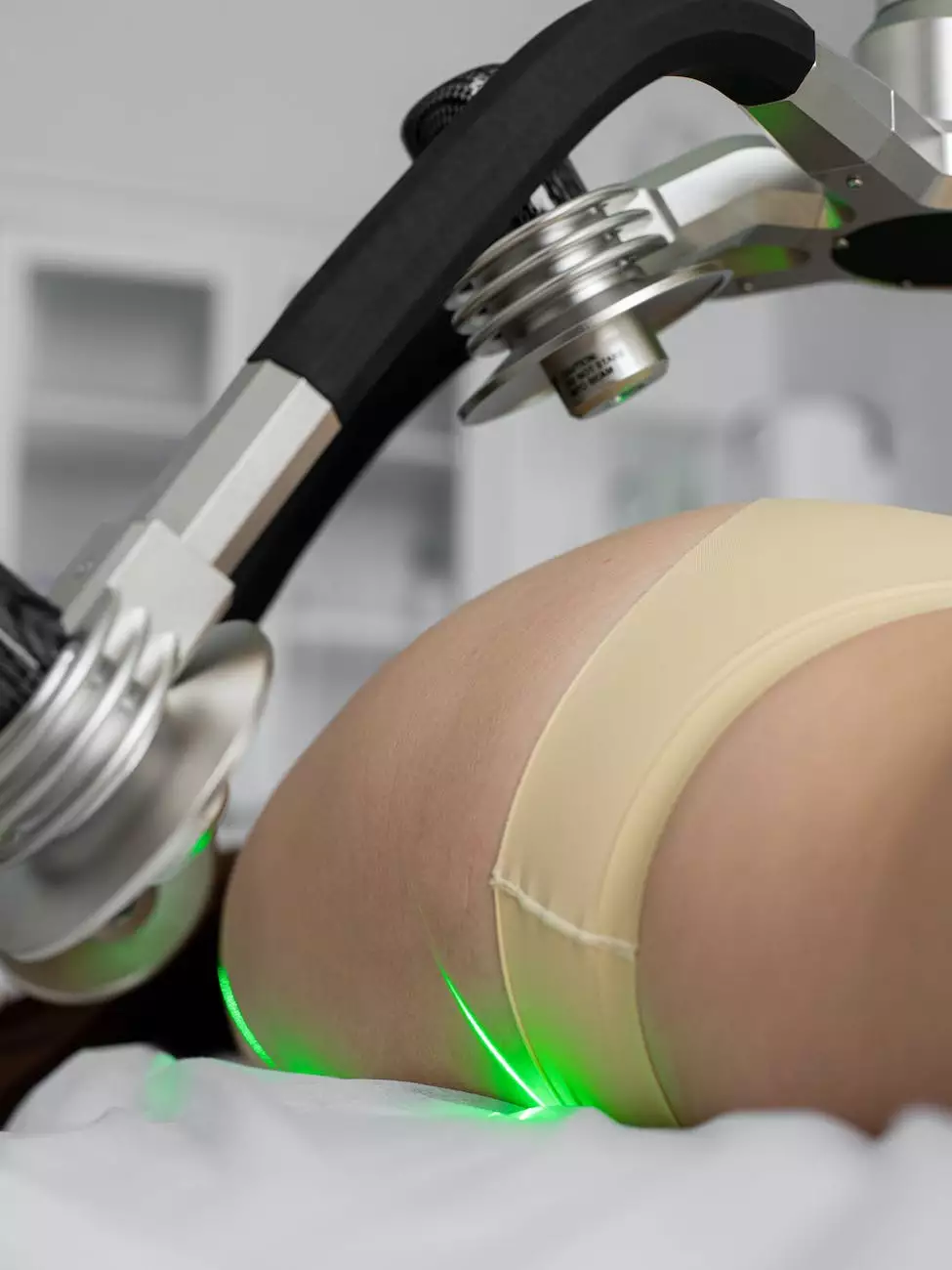Hypertonia and Spasticity vs. Contractures

The Importance of Understanding Hypertonia and Spasticity
As a medical professional in the health industry, it is essential to have a comprehensive understanding of conditions that can affect individuals. Two such conditions that can often be confused are hypertonia and spasticity. While they share some similarities, it is crucial to recognize the differences between the two.
Understanding Hypertonia
Hypertonia refers to a state of increased muscle tone or tension, leading to reduced ability to stretch muscles. This condition can result from various underlying causes, including neurological disorders, such as cerebral palsy, stroke, or traumatic brain injury. Hypertonia can be categorized into two main types - axial and peripheral hypertonia.
- Axial Hypertonia: This type of hypertonia affects the muscles in the trunk, neck, and back. It can result in difficulties with balance and posture control.
- Peripheral Hypertonia: Peripheral hypertonia primarily affects the muscles in the limbs, such as the arms and legs. It can lead to stiffness, reduced range of motion, and difficulties with fine motor skills.
Understanding Spasticity
Spasticity, on the other hand, refers to a specific type of hypertonia characterized by increased muscle tone accompanied by involuntary muscle contractions. It often occurs as a result of damage to the central nervous system, affecting the brain and spinal cord. Conditions like cerebral palsy, multiple sclerosis, and spinal cord injury can lead to spasticity.
Individuals with spasticity may experience muscle stiffness, muscle spasms, and difficulties with voluntary movements. It can affect both smooth and striated muscles, leading to impaired mobility and coordination.
The Role of Contractures in Musculoskeletal Health
In addition to hypertonia and spasticity, contractures are also essential to consider when discussing musculoskeletal health. Contractures refer to the permanent shortening or tightening of muscles, tendons, or other connective tissues. They can develop due to various factors, including prolonged immobility, inadequate stretching, or underlying conditions.
Unlike hypertonia and spasticity, contractures result in the fixation of joints in abnormal positions. This can limit the range of motion, negatively impacting an individual's ability to perform daily activities and participate in physical therapy or rehabilitation programs.
The Differences between Hypertonia and Contractures
While hypertonia, spasticity, and contractures are all related to muscle tone and movement, they have distinct characteristics that set them apart.
- Hypertonia vs. Spasticity: Hypertonia is a broader term encompassing increased muscle tone, while spasticity specifically refers to increased muscle tone accompanied by involuntary muscle contractions.
- Hypertonia vs. Contractures: Hypertonia involves increased muscle tone or tension, whereas contractures refer to the permanent shortening or tightening of muscles or tendons.
- Spasticity vs. Contractures: While spasticity involves increased muscle tone and involuntary muscle contractions, contractures result in the fixation of joints in abnormal positions, limiting range of motion.
Gaining a Deeper Understanding
As a medical professional, it is crucial to differentiate between hypertonia, spasticity, and contractures. A thorough understanding of these conditions allows for accurate diagnosis, appropriate treatment planning, and effective patient management.
At Foley James D MD, we prioritize providing the most up-to-date information and expertise in the field of health. Our team of dedicated professionals is committed to enhancing medical knowledge and supporting colleagues in their pursuit of excellent patient care.
By continuously educating ourselves and staying informed about the latest advancements, we strive to deliver superior healthcare services for individuals experiencing hypertonia, spasticity, contractures, and other related conditions.




